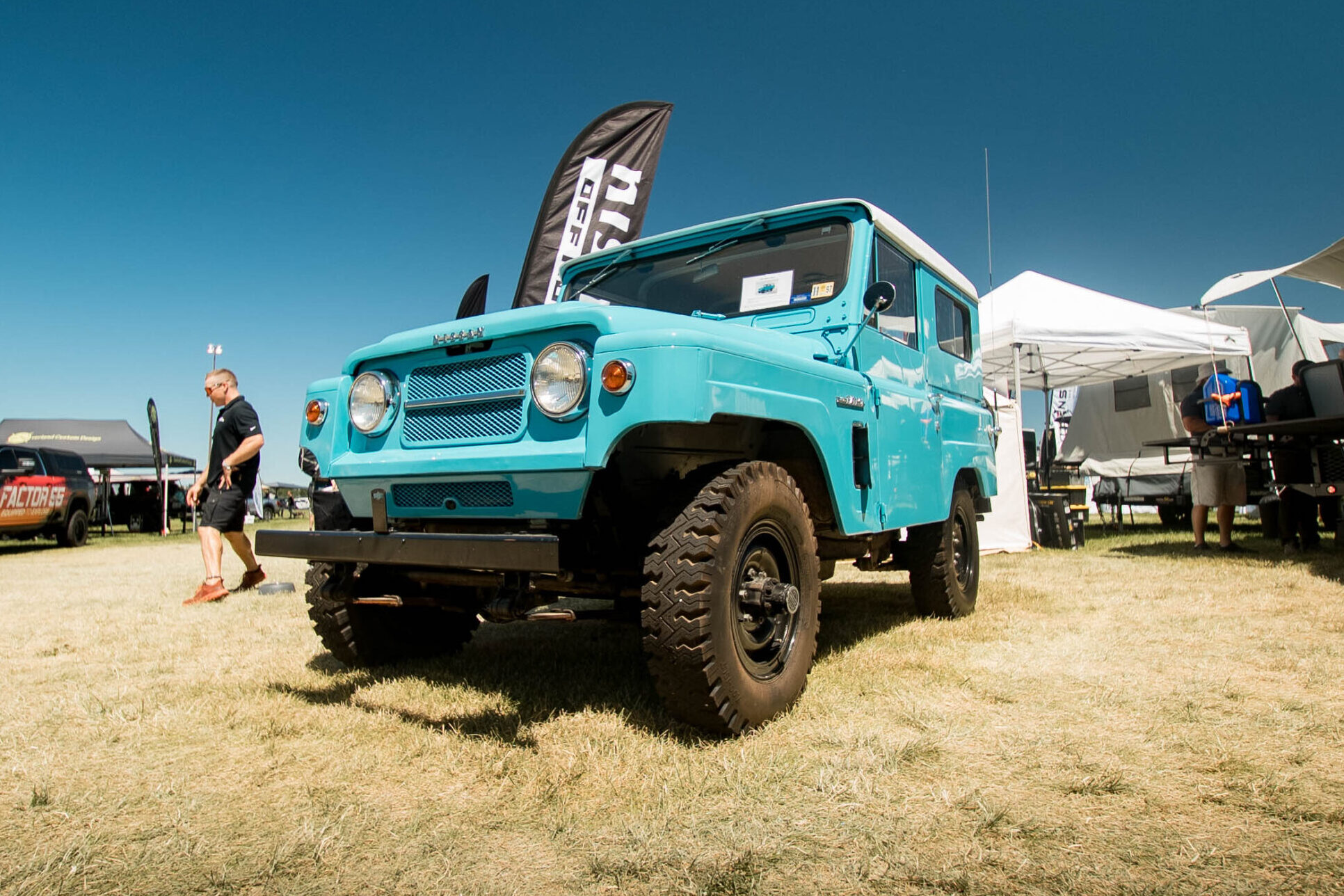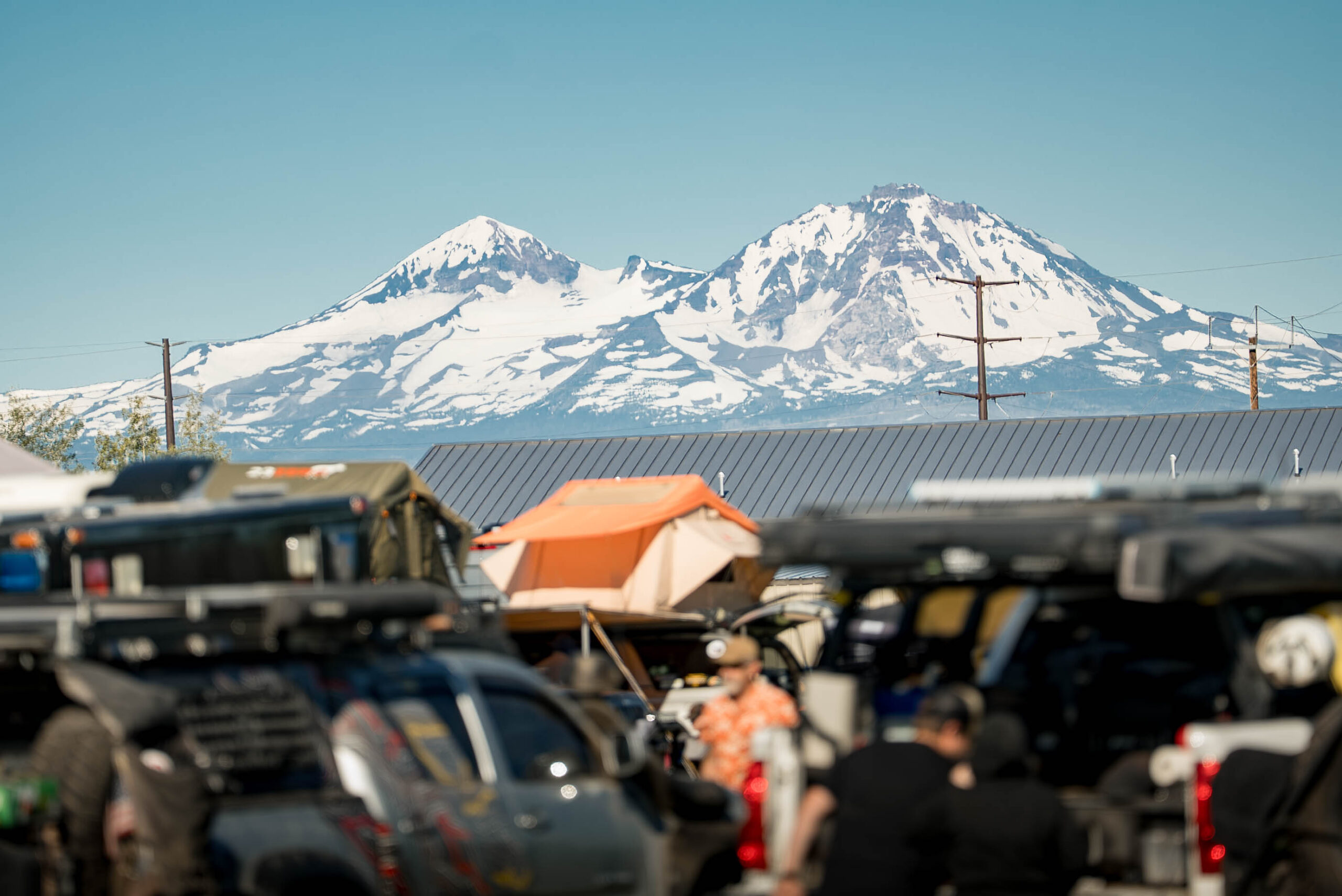Just four and a half hours north of Seattle, WA, outside the town of Princeton, British Columbia lies one of North America’s off-road treasures: Whipsaw Trail.
First blazed in 1849 to connect Fort Kamloops with Fort Hope, the road was used by Hudson Bay Company to run between the two outposts. In the 1970s, the path was re-designated a recreation area and the legend of the Whipsaw Trail overland route was born.
With a skilled driver behind the wheel, a nearly stock Wrangler can easily handle most anything the Whipsaw has to offer. However, it’s wise to carry a spare tire, extra fuel, and recovery gear. Remember, cutting-edge vehicle engineering can only go so far. At some point, your driving skill will have to take charge.
You can certainly run the Whipsaw Trail year-round. Though if you run it outside summer primetime, be ready for snow, freezing temperatures, and fallen trees. Honestly, only experienced winter overlanders should attempt Whipsaw during the chillier months.
Since it can be done at a leisurely pace and there are routes for those seeking more moderate paths, Whipsaw Trail is a good option for overlanding families. It’s not too long or too difficult. Plus, there are plenty of spots to pitch camp for the night. This is perfectly exemplified by the Expedition Overland team who took their sons for a trip on the Whipsaw Trail in 2019.
Along with extra water, fuel, and warm clothes, bring a high-quality camera along for the journey, too. Whipsaw Trail has virtually every kind of scenery you could wish for. You’ll want a high-quality camera to capture the natural beauty of British Columbia.
What to know:
Time: 1.5 to 2 days
Distance: 68 miles
Fuel: Depending which end you start from, fill up at the Tulameen Trading company in Tulameen, BC, 10 minutes northwest of Coalmont, BC or fill up at one of the many stations in Princeton, BC.
Water: There are plenty of water sources along the trail. However, these will need to be filtered and appropriately treated before consuming or cooking with. Plan to bring more than you anticipate needing — more than one gallon of water per person per day.
Permits: No permits are required.
Other considerations: The best time to run the trail is in August, after most of the insects have died down for the season, fallen trees have been cleared, and all the snow has long since melted.
Header image credit: Oveland3d | AllTrails


